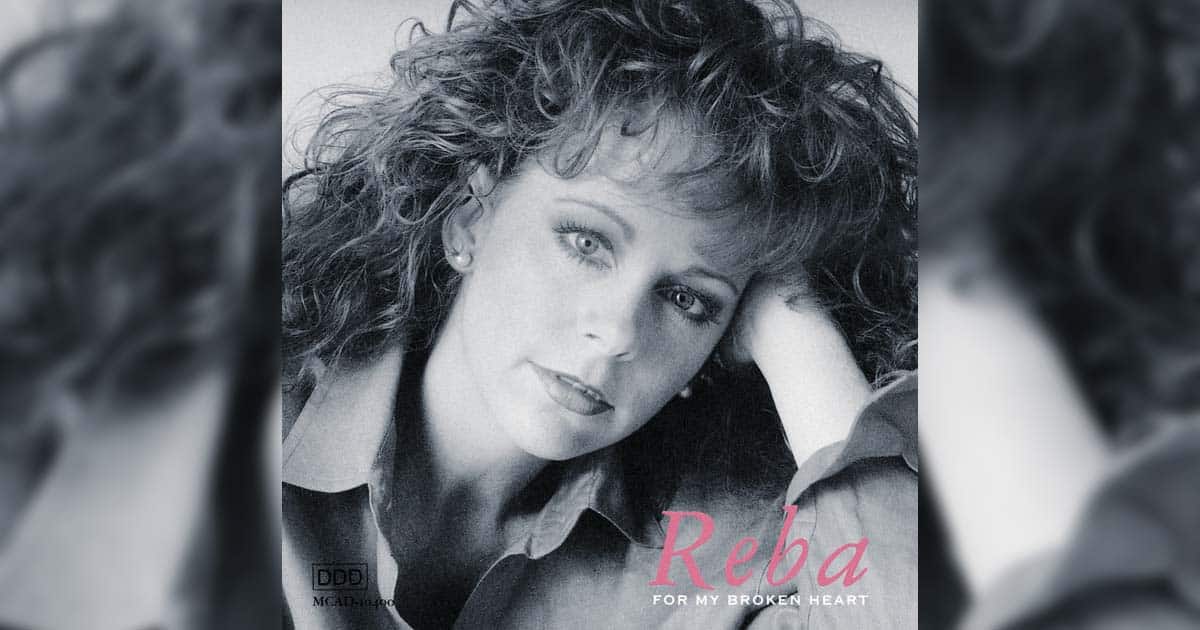Loretta Lynn’s handwritten lyrics to “Coal Miner’s Daughter” are more than just words on paper—they’re a living piece of history, capturing the heart and soul of a woman who rose from humble beginnings to become one of country music’s most iconic figures. Written in her own hand, these lyrics offer a raw, intimate look at the life she lived in Butcher Holler, Kentucky. They reflect the story of one woman and countless families who’ve faced the same hardships and found joy in the simplest moments. Seeing those worn, handwritten words brings an authenticity to the song that recordings alone can’t capture.
In 1976, Lynn released her best-selling autobiography, Coal Miner’s Daughter, which was later made into an Academy Award-winning film in 1980, starring Sissy Spacek, as reported by PBS in their Ken Burns’ Country Music series. The song and its story resonated with many because it gave voice to an often-overlooked segment of American life—rural, working-class families.
The handwritten version of “Coal Miner’s Daughter” originally contained nine verses, more than what ended up in the final recording. Lynn’s decision to trim down the song shows just how much she had to say about her early life, yet the version listeners know still carries the essence of her story. This longer draft reflects the memories she wanted to share, even if not all of them made it to the radio.
The handwritten lyrics, now displayed at the Country Music Hall of Fame, reveal the simplicity and urgency with which Lynn captured her story. There’s a purity to how these lyrics were written—no revisions, no corrections, just the story of her life laid out precisely as it came to her. Lynn’s straightforward songwriting is part of what has made “Coal Miner’s Daughter” such a lasting hit.
In 2009, Coal Miner’s Daughter was added to the National Recording Registry, as reported by the Library of Congress, a fitting honor for a song that has become a cornerstone of country music. Its addition to the registry cemented its place as a significant cultural and historical artifact, a tribute to Loretta Lynn’s life and the lives of many who share her story.
The handwritten lyrics emphasize the song’s authenticity and enduring appeal. The song isn’t just about growing up poor; it’s about family, love, and perseverance. The worn paper and uneven handwriting are visual reminders of Lynn’s unpolished, real-life experiences. “Coal Miner’s Daughter” wasn’t crafted in a polished studio environment with professional writers—it was born from the heart. That rawness is why it has stood the test of time.
By seeing the original handwritten lyrics, fans can connect even more deeply with the song and the woman behind it. Lynn’s legacy in country music continues partly because of her ability to turn her life into art without losing the authenticity that made her story so relatable to so many. It serve as a lasting tribute to that spirit.


















